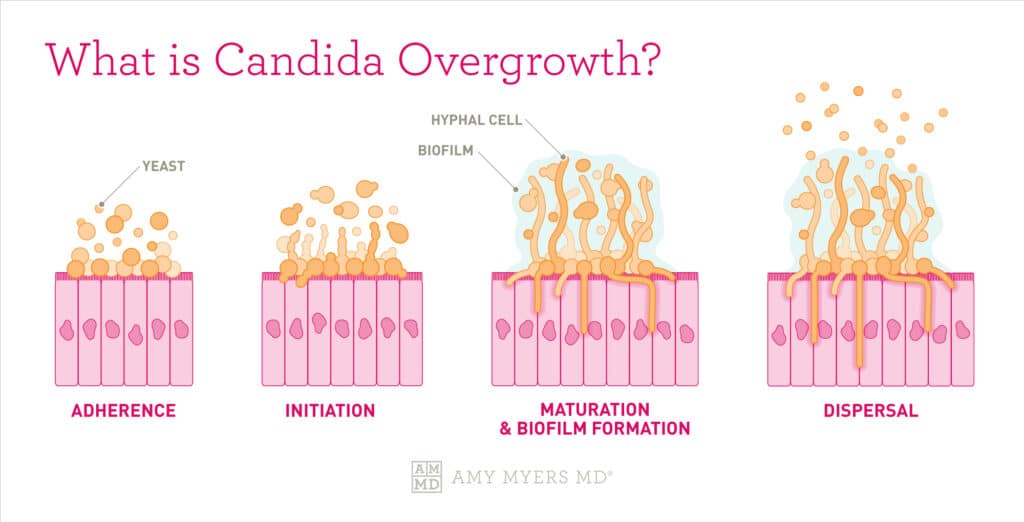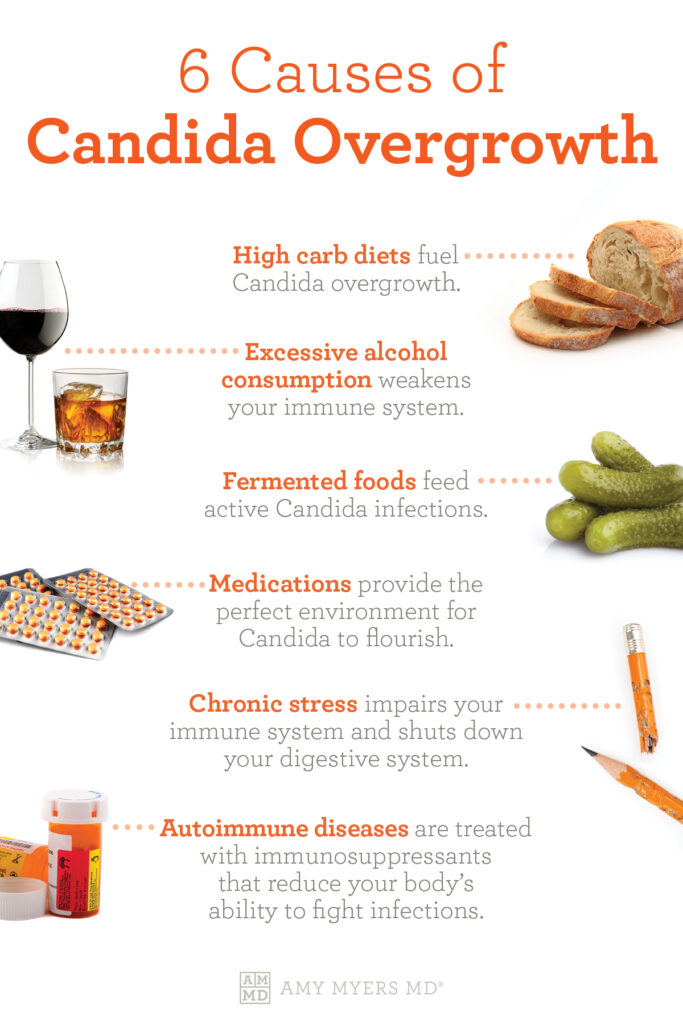Uncover the best natural remedies and treatments to beat yeast infections once and for all. Say goodbye to discomfort!
Table of Contents
- Introduction: What’s Up With Yeast?
- Section 1: Yeast Infections 101
- Section 2: Spotting a Yeast Infection
- Over-the-Counter (OTC) Treatments
- Section 4: Prescription Medicine
- The Power of Probiotics
- Section 6: Home Remedies: Do They Work?
- Section 7: Lifestyle Tips for Preventing Yeast Infections
- Section 8: Talking to Parents or Guardians
- Conclusion: Taking Charge of Your Health
- FAQs: Your Questions Answered!
Introduction: What’s Up With Yeast?
Yeast infections are something that can happen to anyone, including girls. Have you ever heard of yeast? No, not the kind you use to bake bread, but the kind that can cause trouble in our bodies. Yeast infections happen when there is too much yeast growing in certain places, like the vagina. It may sound a little scary, but don’t worry, we are here to learn more about what causes yeast infections and why it’s essential to take care of them to keep our bodies healthy.
When it comes to vaginal health, it’s crucial to know about yeast infections because they can cause discomfort and other problems if not treated properly. Let’s dive into the world of yeast infections and understand why they happen, how to spot them, and what we can do to fix them.
Section 1: Yeast Infections 101
Yeast infections are a common occurrence that can happen to anyone. So, let’s dive into what exactly they are and why they can sometimes make us feel a bit uncomfortable.
What Is Candida?
Inside our bodies, there’s this thing called candida, which is a type of yeast. It might sound a bit strange, but this yeast is usually harmless and lives in our bodies without causing any problems. However, when things get out of balance, candida can grow too much, leading to a yeast infection.
How Do Yeast Infections Happen?
Yeast infections can happen when there’s a disturbance in the natural balance of yeast in our bodies. This could be due to wearing tight clothing that traps heat and moisture, taking antibiotics that kill off good bacteria, or even hormonal changes. When the balance tips in favor of candida overgrowth, that’s when a yeast infection can occur.
Section 2: Spotting a Yeast Infection
If you ever feel itchy down there or notice some strange discharge, it might be a yeast infection. Some other signs to look out for are redness, swelling, or a burning feeling when you pee.

Image courtesy of via Google Images
When to See a Doctor
If you have never had a yeast infection before or if your symptoms are severe, it’s essential to talk to a doctor. They can make sure it’s a yeast infection and give you the right treatment.
Over-the-Counter (OTC) Treatments
When you have a yeast infection, there are treatments you can pick up at the store without needing to visit the doctor. These treatments, called Over-the-Counter (OTC) treatments, can help you get rid of the pesky yeast and start feeling better. Let’s talk about some of the options you have when it comes to treating a yeast infection.
Antifungal Creams and Ointments
One of the most common OTC treatments for yeast infections is antifungal creams and ointments. These products work by targeting the yeast causing the infection and helping your body fight it off. You can usually find these creams in the feminine care aisle of your local store or pharmacy. Follow the instructions on the packaging carefully to make sure you’re using them correctly.
Important Tips for Using OTC Treatments
Before using any OTC treatment for your yeast infection, it’s important to read and follow the instructions provided. Here are some simple guidelines to keep in mind when using over-the-counter treatments:
- Always wash your hands before and after using the product.
- Avoid using scented products in the area to prevent irritation.
- If you experience any unusual side effects, stop using the product and consult a healthcare professional.
By following these tips and using OTC treatments as directed, you can help manage your yeast infection effectively and start feeling better soon.
Section 4: Prescription Medicine
When it comes to treating yeast infections, sometimes over-the-counter remedies may not be enough to get rid of the infection. In such cases, doctors may recommend prescription medicines to help combat the Candida fungus causing the infection.

Image courtesy of via Google Images
When Do You Need Prescription Medicine?
Typically, your healthcare provider may suggest prescription medicines if:
– Your yeast infection is recurrent, meaning it keeps coming back despite trying over-the-counter treatments.
– You have a severe yeast infection that is causing significant discomfort or complications.
– You are pregnant or have a weakened immune system, making it necessary to ensure effective treatment under the guidance of a doctor.
– Your symptoms are not improving with over-the-counter antifungal creams and ointments.
Prescription medicines for yeast infections may come in the form of oral medications, suppositories, or creams that are specifically formulated to target and eliminate the fungal overgrowth responsible for your symptoms. It’s essential to follow your doctor’s instructions carefully and complete the full course of treatment to ensure the infection is completely eradicated.
The Power of Probiotics
Probiotics may sound like a complicated word, but they’re actually tiny living organisms that can help keep your body healthy. Probiotics are like good bacteria that live in your gut and can also be found in certain foods or supplements.
What Are Probiotics?
Think of probiotics as helpful microbes that work to support your immune system and keep your digestive system running smoothly. These friendly bacteria can help maintain the balance of yeast and other harmful bacteria in your body, including in your vagina.
| Treatment | Description |
|---|---|
| 1. Over-the-counter antifungal medications | Medications like clotrimazole, miconazole, or terconazole can be used to treat yeast infections. |
| 2. Probiotics | Adding probiotics to your diet can help restore the balance of bacteria in your body and prevent yeast overgrowth. |
| 3. Tea tree oil | Tea tree oil has antifungal properties that can help treat yeast infections when used topically. |
| 4. Garlic | Consuming raw garlic or garlic supplements can help fight yeast infections due to its antifungal properties. |
| 5. Keep the affected area clean and dry | Keeping the affected area clean and dry can help prevent yeast infections from recurring. |
Choosing the Right Probiotics
When it comes to choosing probiotics, look for products that contain a variety of different strains of bacteria, as each strain may have different benefits. Opt for reputable brands that have been tested for quality and effectiveness.
Section 6: Home Remedies: Do They Work?
When faced with a yeast infection, you may have heard about various home remedies that people swear by. But do these remedies actually work? Let’s explore some popular options and separate fact from fiction.

Image courtesy of via Google Images
Natural Oils and Treatments
Some natural oils like tea tree oil and coconut oil have been suggested as potential remedies for yeast infections. While these oils may have antibacterial and antifungal properties, there is limited scientific evidence to support their effectiveness in treating yeast infections. It’s essential to use caution when applying these oils as they can sometimes cause skin irritation.
Home Remedies to Avoid
While some home remedies may offer mild relief, it’s crucial to be cautious of certain treatments that can do more harm than good. Avoid using garlic cloves, yogurt, or hydrogen peroxide in or around the vaginal area as they can disrupt the natural balance of bacteria and potentially worsen the infection. It’s best to consult with a healthcare provider before trying any home remedy to ensure safety and effectiveness.
Section 7: Lifestyle Tips for Preventing Yeast Infections
When it comes to preventing yeast infections, your clothing choices play a crucial role. Opt for breathable fabrics like cotton that allow air to circulate around your body, especially in the intimate areas. Avoid tight-fitting clothes like skinny jeans or leggings, as these can create a warm and moist environment where yeast thrives.
Hygiene Habits
Maintaining good hygiene is key to preventing yeast infections. Make sure to wash your genital area daily with mild soap and water and dry thoroughly after showering or bathing. Avoid using harsh products like scented soaps, douches, or feminine sprays, as these can disrupt the natural balance of your vaginal flora and increase the risk of yeast overgrowth.
Section 8: Talking to Parents or Guardians
When it comes to yeast infections or any health concern, it’s essential to talk to your parents or guardians. They are there to help you get the care you need, whether it’s through home remedies or a visit to the doctor.
How to Bring Up the Topic
Bringing up the topic of yeast infections with your parents or guardians can feel a little uncomfortable, but remember, they want to help you stay healthy. Here are some tips on starting the conversation:
– Choose a time when they are not busy and can give you their full attention.
– Be honest about what you’re experiencing and how you feel.
– Explain that yeast infections are common and can happen to anyone.
– Ask for their help in finding the right treatment or solutions.
– Remember, they are there to support you and care for you.
By talking to your parents or guardians about yeast infections, you can get the help you need promptly and ensure your vaginal health stays in check. Don’t be afraid to speak up and seek guidance from the adults in your life.
Conclusion: Taking Charge of Your Health
Now that you know all about yeast infections and how to treat them, it’s important to remember that your health is in your hands. Taking care of your body and recognizing the signs when something’s not right is crucial for staying healthy.
Importance of Recognizing and Treating Yeast Infections
Yeast infections might seem like a small problem, but they can cause a lot of discomfort if left untreated. By understanding the symptoms and knowing what to do, you can take charge of your health and address the issue promptly.
Maintaining Vaginal Health
Keeping your vaginal health in check is essential for overall well-being. Simple habits like wearing breathable clothing and practicing good hygiene can go a long way in preventing yeast infections and other issues.
Remember, it’s okay to talk to a trusted adult if you have any concerns about your health. Seeking help and advice when needed shows maturity and responsibility in taking care of yourself.
FAQs: Your Questions Answered!
Can boys get yeast infections?
Yes, boys can get yeast infections. While yeast infections are more common in females, boys can still experience them. Yeast infections in boys may show up in the form of redness and irritation on the genitals. It’s essential for boys to seek medical advice if they suspect they have a yeast infection to get the proper treatment.
Can yeast infections go away on their own?
In some cases, yeast infections may go away on their own, especially if they are mild. However, it’s generally recommended to seek treatment to help speed up the healing process and prevent the infection from getting worse. If you are experiencing symptoms of a yeast infection, it’s best to consult with a healthcare provider or a doctor to get the right treatment.






